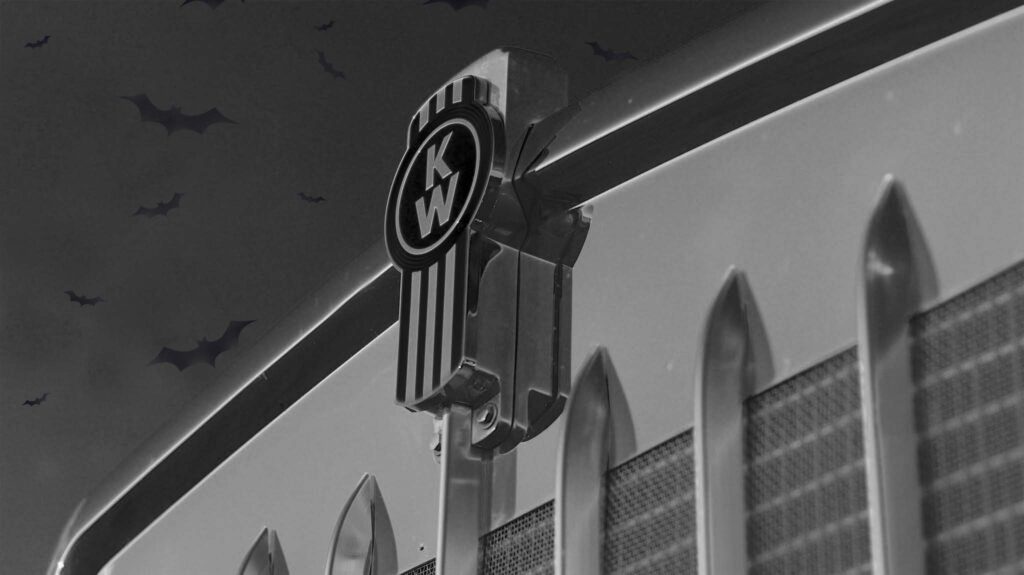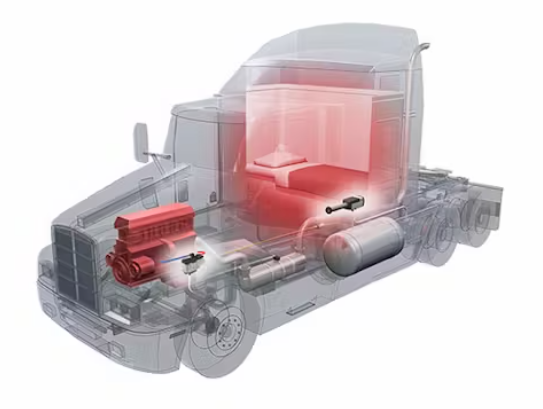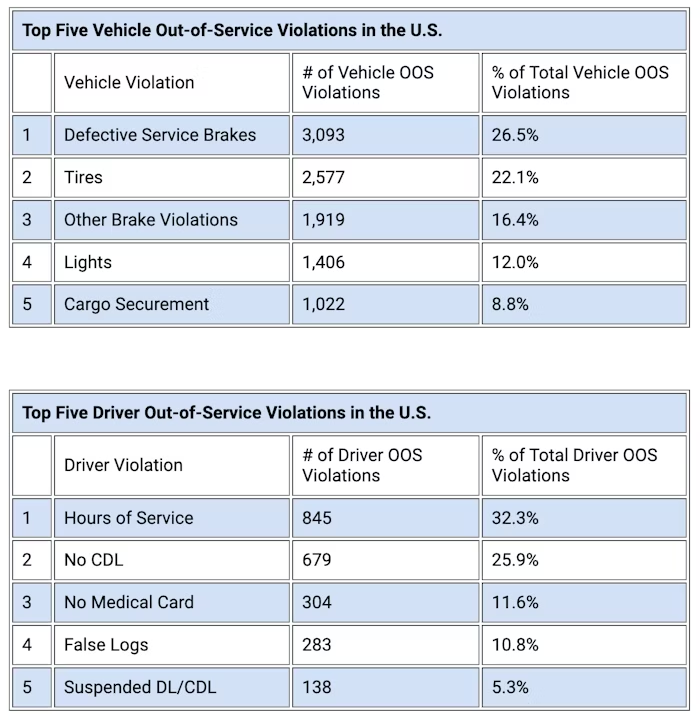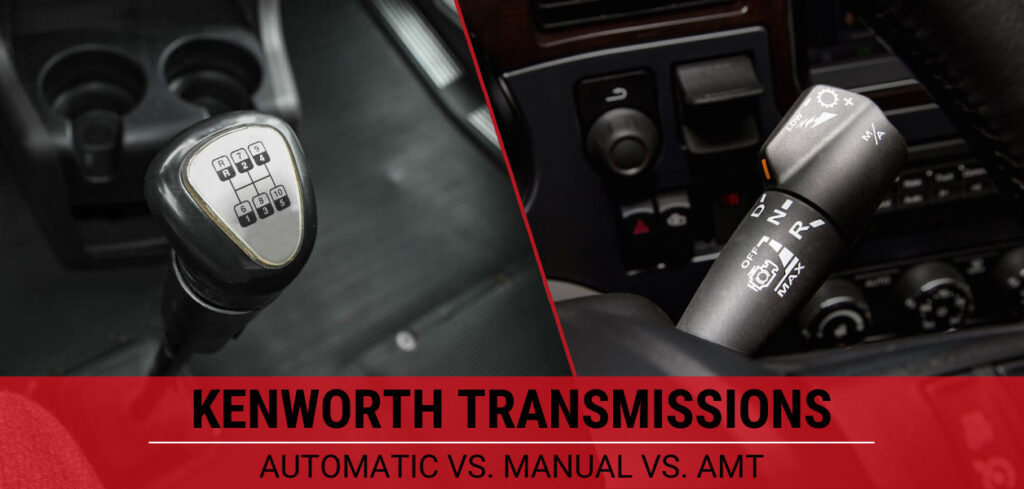Seat Belt Safety: Truck Drivers and Road Safety
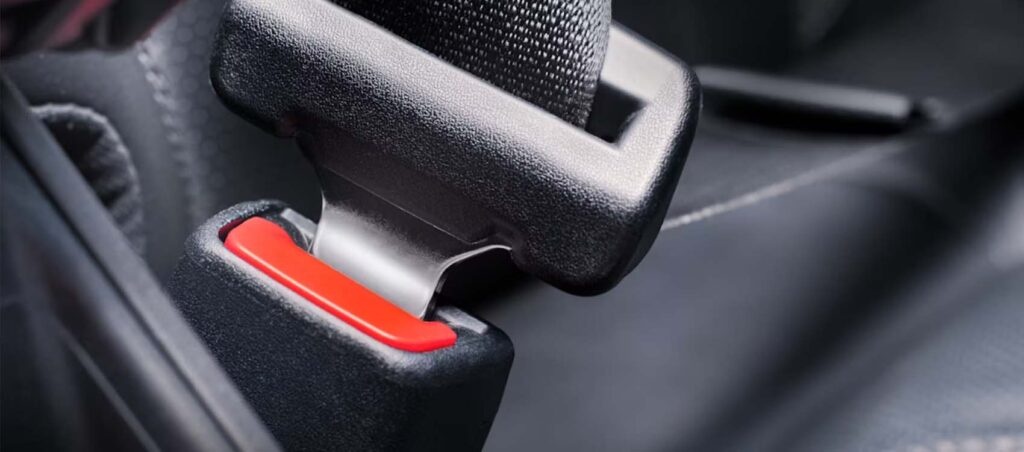
In 2023, an estimated 40,990 people died in traffic accidents. (Source)
Seat belts are imperative to the safety of not only yourself, but of others. Whether you are in a car or semi-truck, buckling up keeps you safe and secure inside your vehicle. According to the National Highway Traffic Safety Administration (NHTSA), “Seat belts saved an estimated 14,955 lives and could have saved an additional 2,549 people if they had been wearing seat belts, in 2017 alone.” (Source)
Safety Precautions
Just under 15% of drivers still do not wear any type of seat belt, whether across their lap or shoulder. Wearing a seat belt properly, across both areas, has been shown to effectively prevent drivers from being thrown or ejected during a crash. The risk of death is nearly 25 times higher for those who are ejected from their vehicle. Additionally, ejected drivers may face other dangers, such as being dragged or scraped along the ground, or even being crushed by their own truck or another vehicle.
Fastening your seat belt is essential for all drivers, but especially for truck drivers. It not only keeps you secure in your seat but also improves your ability to maintain control of your truck, particularly in sudden stops or emergency situations. Some truckers mistakenly believe the larger size of their cab provides protection, when in fact, the safety belt is what significantly reduces the risk of severe injury or death in the event of a crash or accident.
Road Safety Tips
Truck drivers can stay prepared by following these simple road safety tips:
Check for Blind Spots. A blind spot is considered the areas behind and in front of your vehicle that lack visibility. Check your mirrors every 8 to 10 seconds to stay aware of other vehicles entering your blind spots. Every 15 seconds, scan the road ahead for traffic hazards, construction zones, and other potential dangers. Anticipate hazards such as sudden stops, lane changes, or erratic behavior from other drivers.
Adjust Your Speed. Most large vehicles accelerate slower uphill and gain momentum quickly downhill. Large trucks need up to the length of two football fields to come to a safe stop. Speeding or failing to slow down, especially for curves or ramps, increase the risk of rollovers and crashes. Always account for longer stopping distances, maintain a safe following distance, take wide turns cautiously, signal appropriately, and obey speed limits.
Perform Pre-Trip Inspections. Ensure your pre-trip inspections are complete before hitting the road. Check that your tires are properly inflated, brakes are functioning, and all lights are working. Confirm levels for engine oil, coolant, brake fluid, and windshield washer fluids. Make sure your load is securely fastened and evenly balanced to prevent shifting and other dangers.
Statistics and Scenarios
A driver or passenger is four times as likely to be fatally injured when thrown from a vehicle. (Source) The chances of escape improve greatly by wearing a seat belt since it can keep you from being knocked unconscious or ejected through the windshield. It could also protect important parts of your body, like your head and spinal cord.
In a frontal collision at 30 mph, an unbelted person continues to move forward at that velocity, causing them to hit the windshield at about 30 mph. This is the same speed a person falling from the top of a three-story building would experience upon impact with the ground.
FMCSA for Seat Belt Safety
Federal Motor Carrier Safety Regulations require commercial motor vehicle drivers to wear safety belts. (49 CFR 392.16) (Source)
The Federal Motor Carrier Safety Administration (FMCSA) is working toward raising awareness for truck drivers wearing seat belts. Their Y I Buckle Up campaign supports commercial motor vehicle (CMV) drivers by encouraging seat belt use to protect drivers from crashes, being compliant with the law, and more.
“In 2020 alone, nearly half of all large truck occupants not wearing a seat belt in fatal crashes died. The call to action is simple: always wear your seat belt because they help save lives.” (Source)
Buckle Up!
November 14th is National Seat Belt Day. It is a day to recognize and raise awareness about the importance of fastening your seat belt, as a driver and as a passenger.
Even if you consider yourself a good driver, you cannot control other drivers on the road. At some point in time, you are likely to be involved in an accident caused by another driver, bad weather, mechanical failure, or other situation.
Wearing a seat belt, specifically across both your shoulder and lap, could save your life. According to Buckle Up America with the NHTSA, 91.9% of drivers used seat belts in 2023. That is 1 in 10 Americans who are participating in dangerous driving practices by not securing themselves with a safety belt. Drivers and passengers alike can prevent unnecessary deaths and accidents starting with individual action.
Put your safety, and the safety of others, first and always buckle up when driving or sitting passenger.
Get the Latest Trucking News, Tips & More
"*" indicates required fields

